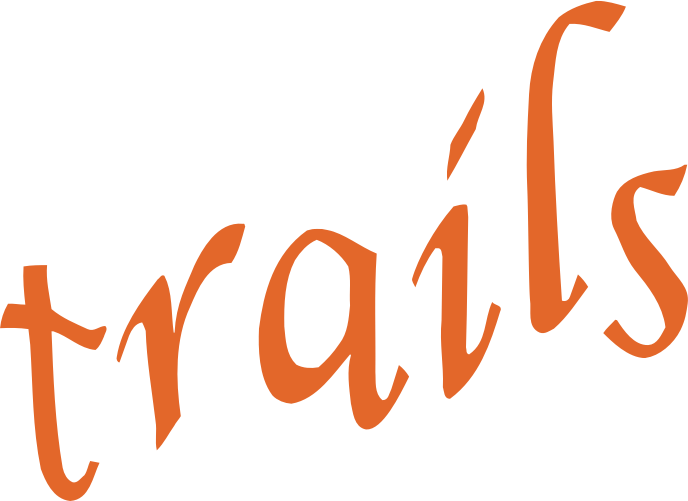-
measure Development and Well-Being Assessment (DAWBA)
Study: Generation R Mode of collection: SelfAdministeredQuestionnaire Available measurements: Generation R 9-10 years 13-14 years 17-18 yearsThe Development & Well-Being Assessment (DAWBA) is an interview used for the diagnosis of mental disorders in children aged 5-17 years old.Created June 5, 2024 • Updated September 19, 2024 -
measure International Physical Activity Questionnaire (IPAQ) - short form
Study: Generation R Mode of collection: SelfAdministeredQuestionnaire Available measurements: Generation R 13-14 years 17-18 yearsThe International Physical Activity Questionnaire (IPAQ) - short form contains 7 items that measure the activity of four intensity levels: 1) vigorous-intensity activity such as aerobics, 2) moderate-intensity activity, 3) walking, and 4) sitting.Created June 5, 2024 • Updated September 19, 2024 -
measure Health behaviours
Study: TRAILS Mode of collection: SelfAdministeredQuestionnaire Available measurements: Population cohort POP - T3 POP - T4 POP - T5 POP - T6
Clinical cohort CC - T3 CC - T4 CC - T5 CC - T6The assessment of lifestyle includes assessments of physical activity, sports, and diet.Created June 5, 2024 • Updated June 20, 2024 -
measure Achievement Goals and Beliefs about Success in Sport
Study: TRAILS Mode of collection: SelfAdministeredQuestionnaire Available measurements: Population cohort POP - T3
Clinical cohort CC - T3Achievement Goals and Beliefs about Success in Sport is a validated assessment of goal orientation, beliefs about success, and sports interest.Created June 5, 2024 • Updated June 20, 2024 -
measure Physical activity
Study: TRAILS Mode of collection: SelfAdministeredQuestionnaire Available measurements: Population cohort POP - T1 POP - T2 POP - T3 POP - T4 POP - T5 POP - T6 POP - T7
Clinical cohort CC - T1 CC - T2 CC - T3 CC - T4 CC - T5 CC - T6 CC - T7Physical activity was assessed through questions about sports practices, including the type, frequency and duration of the sport, and questions about walking, cycling and other lifestyle habits.Created June 5, 2024 • Updated June 20, 2024 -
measure Activation-Deactivation Adjective Checklist (ADACL)
Study: Netherlands Twin Register Mode of collection: SelfAdministeredQuestionnaire Available measurements: Young Netherlands Twin Register YE_FITNSSThe Activation-Deactivation Adjective Checklist (AD ACL) is a multidimensional test of various transitory arousal states using a four-point self-rating system: “definitely feel” (4), “slightly feel” (3), “cannot decide” (2) or “definitely do not feel” (1). This questionnaire is scored by averaging five scores for each subscale: Energy, Tiredness, Tension,...Created June 5, 2024 • Updated June 20, 2024 -
measure Exercise Benefits/Barriers Scale (EBBS)
Study: Netherlands Twin Register Mode of collection: SelfAdministeredQuestionnaire Available measurements: Young Netherlands Twin Register YS_DHBQ14 YS_DHBQ16The Exercise Benefits/Barriers Scale (EBBS) is an instrument to measure the perceived benefits of, and barriers to, physical exercise.Created June 5, 2024 • Updated June 20, 2024 -
measure COSMED
Study: Netherlands Twin Register Mode of collection: MeasurementsAndTests Biological sample/measurement Available measurements: Young Netherlands Twin Register YE_FITNSSCOSMED consists of recorded breath-by-breath oxygen uptake (VO2) and carbon dioxide production (VCO2) during exercise measured with a telemetric gas exchange system (Cosmed K4b2, Cosmed Benelux, Nieuwegein, The Netherlands).Created June 5, 2024 • Updated June 20, 2024 -
measure Borg’s Rating of Perceived Exertion (RPE)
Study: Netherlands Twin Register Mode of collection: SelfAdministeredQuestionnaire Available measurements: Young Netherlands Twin Register YE_FITNSSThe Borg’s Rating of Perceived Exertion (RPE) measures the subjective perception of exercise intensity. The RPE comprises a 15-point scale ranging from 6 to 20, with marks at 7 (“very, very light”), 9 (“very light”), 11 (“fairly light”), 13 (“somewhat hard”), 15 (“hard”), 17 (“very hard”) and 19 (“very, very hard”).Created June 5, 2024 • Updated June 20, 2024 -
measure Flexibility
Study: Netherlands Twin Register Mode of collection: MeasurementsAndTests Biological sample/measurement Available measurements: Young Netherlands Twin Register YE_FITNSSPhysical flexibility was measured using a standard sit-and-reach box (Baseline Sit-and-reach Trunk Flexibility Box, Fabrication Enterprises Inc., USA).Created June 5, 2024 • Updated June 20, 2024 -
measure Balance Error Scoring System (BESS)
Study: Netherlands Twin Register Mode of collection: MeasurementsAndTests Biological sample/measurement Available measurements: Young Netherlands Twin Register YE_FITNSSThe Balance Error Scoring System (BESS) was used to assess balance under 3 testing stances: double leg, single leg (non-dominant leg) and tandem (dominant foot in front of the non-dominant foot in heel-to-toe fashion) on 2 surfaces (ground and foam pad). The total score was the total number of errors across the six 20-second repeated measures.Created June 5, 2024 • Updated June 20, 2024



